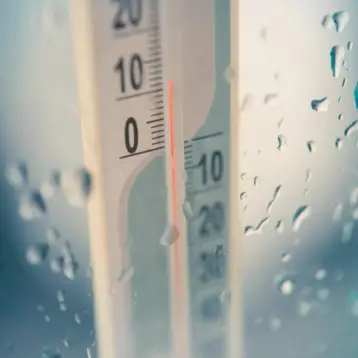Researchers at the Massachusetts Institute of Technology (MIT) and the Technical Institute of Lisbon, Portugal are developing a more efficient way to harness wave power into useable electricity. Called the Oscillating Water Column (OWC), the design uses waves to force air into a turbine that generates electricity. In peak conditions, full scale versions of the OWC devices could generate as much as 100-200 megawatts of electricity per kilometer of coastline.
The OWC generators are chambers with underwater openings located on or near the shoreline. The natural waves of the area travel in and out of the generators, causing the water level inside to rise and fall. As the water level rises, air trapped above it is forced out of the chamber through an opening at the top leading to an air turbine which generates electricity.
The biggest challenges of the OWC project are creating a chamber that works in ever changing wave conditions, creating a chamber capable of withstanding major storms, and creating a chamber that doesn’t corrode with constant exposure to salty sea water. Researchers are still working on these problems but have discovered that wider chambers allow them to capture energy more efficiently from a larger range of wave wavelengths.
OWC generators are not new but this project represents the first attempt to customize specific OWC designs for individual locations. The scientists are modeling specific wave behaviors at various potential sites and designing individualized specifications for each spot. This maximizes the efficiency of the generators, making them much more viable power sources than generic models. In addition to generating power, OWC generators placed in strategic locations can also calm nearby waters and reduce soil erosion.
Areas such as the northwestern coast of the United States, the western coast of Scotland, and the southern tips of South America, Africa, and Australia are ideal for these types of wave generators, but the initial pilot program will use the Douro River in Porto, Portugal as its test waters. Eventually, the site will house three smaller OWC generators together capable of generating enough energy to power 750 homes. Assuming this test is successful, larger projects and installations of OWC generators will follow. However, cost is still an issue, and may be for some time to come, so it is unlikely a large percentage of the world’s electrical needs will be supplied by OWC generators or other wave power technology any time soon.
TFOT has reported on other wave power and water-related power sources including the Anaconda tubes which also harness wave power, two new technologies used for harnessing the tides to generate power, the HyWind floating wind turbine, and a deep water offshore wind turbine currently being tested off the shores of Massachusetts.










